Katolight generator manuals provide essential guidance for installation, maintenance, and troubleshooting. They ensure safe and efficient operation, helping users optimize performance and address common issues effectively.
Overview of Katolight Generators
Katolight generators are reliable power solutions designed for various applications, offering robust performance and durability. They cater to residential, commercial, and industrial needs with a range of models. Known for their fuel efficiency and quiet operation, these generators are ideal for backup and primary power supply. Available in different power outputs, they suit diverse energy requirements. Katolight generators are built with high-quality components, ensuring long-term reliability. Their user-friendly designs make installation and maintenance manageable. Whether for emergency power during outages or continuous use, Katolight generators provide dependable energy solutions, making them a popular choice for homes and businesses seeking consistent power supply.
Importance of Using Manuals for Generator Maintenance
Using Katolight generator manuals is crucial for proper maintenance, ensuring longevity and efficiency. Manuals provide step-by-step guides for routine tasks like oil changes and filter replacements, preventing damage. They outline safety precautions, reducing risks of accidents. Troubleshooting sections help diagnose issues quickly, minimizing downtime. Manuals also specify genuine parts, ensuring compatibility and performance. By following guidelines, users optimize fuel efficiency and maintain warranty validity. Regular maintenance as per manuals prevents unexpected breakdowns, ensuring reliable power supply during outages. Adhering to manual instructions safeguards investments and ensures generators operate safely and effectively for years, making manuals indispensable for any generator owner seeking optimal performance and durability.
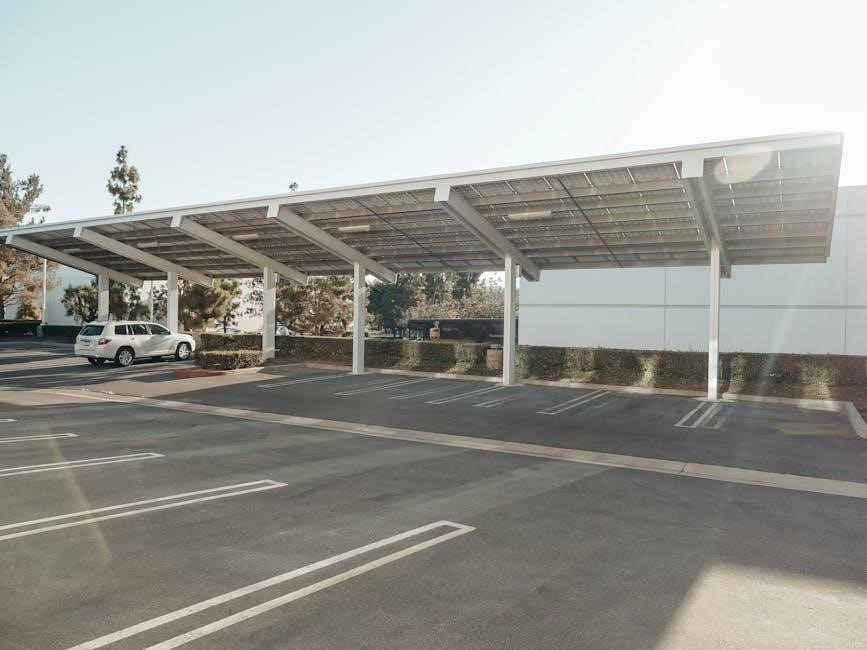
Safety Precautions and Guidelines
Always follow Katolight generator manuals for safe installation and operation. Inspect fuel lines regularly, prevent leaks, and adhere to guidelines to avoid hazards and ensure reliability.
General Safety Tips for Handling Generators
When handling Katolight generators, always follow safety guidelines to prevent accidents. Ensure proper ventilation to avoid carbon monoxide buildup. Regularly inspect fuel lines for leaks or damage, as smelling gas indicates a potential hazard. Keep the generator dry and avoid operating it in wet conditions. Use the correct gauge of extension cords to prevent overheating. Never overload the generator beyond its rated capacity. Store fuel safely and away from open flames. Follow manual instructions for startup and shutdown procedures. Wear protective gear when performing maintenance. Ensure the generator is grounded properly to prevent electrical shocks. By adhering to these tips, users can ensure safe and reliable operation. Always prioritize safety to avoid risks. Proper handling extends the generator’s lifespan and prevents accidents. Regular checks and maintenance are crucial for optimal performance and safety.
Understanding Warning Labels and Symbols
Warning labels and symbols on Katolight generators are crucial for safe operation. They indicate potential hazards, such as high temperatures, electrical risks, or fuel leaks. Always read and understand these labels before performing any maintenance or operation. Common symbols include warnings for hot surfaces, electrical shock, and flammable materials. If an error code appears or an alarm sounds, refer to the manual for specific instructions. Never ignore these indicators, as they signal potential dangers. Familiarize yourself with the meaning of each symbol to ensure proper handling and prevent accidents. Regularly inspect labels for clarity and ensure they are intact. Understanding these warnings is key to safe and reliable generator operation. Proper adherence prevents risks and ensures longevity of the equipment.
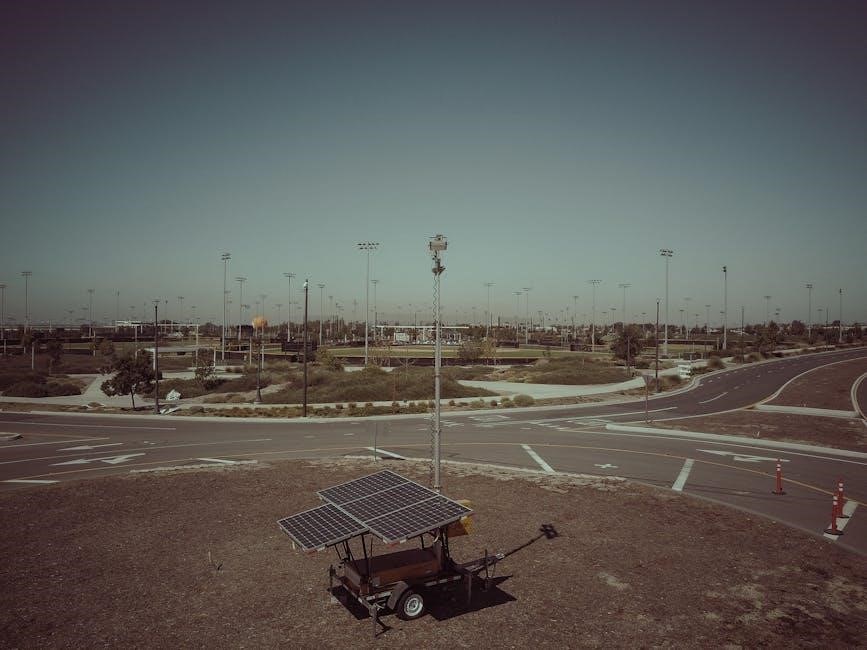
Installation and Setup
Proper installation and setup of your Katolight generator ensure safe and efficient operation. Follow manual instructions for site preparation, leveling, and electrical connections to avoid potential hazards.
Pre-Installation Considerations
Before installing your Katolight generator, ensure the site is level, well-ventilated, and protected from direct sunlight. Check that the fuel line is intact and not rubbing against other parts. Verify the electrical connections comply with local regulations. Ensure the generator is placed on a stable, fire-resistant surface. Properly secure all components to prevent vibration damage. Inspect the area for any flammable materials and maintain a safe distance. Ensure the generator is grounded correctly to avoid electrical hazards. Review local building codes and obtain necessary permits. Finally, consult the manual for specific recommendations tailored to your model and environment.
Step-by-Step Installation Guide
Begin by unpacking and inventorying all components, ensuring no parts are damaged. Locate the generator on a level, stable surface, away from flammable materials. Connect the fuel line securely, checking for leaks. Install the exhaust system according to manual specifications, ensuring proper ventilation. Attach the electrical connections, matching the wiring diagram provided. Mount the control panel and ensure all wires are correctly connected. Test the circuit breaker and ground the system for safety. Start the generator as per the manual’s startup procedure, monitoring for unusual noises or vibrations. Finally, run a test load to confirm optimal performance and make any necessary adjustments. Always refer to the manual for model-specific instructions.
Troubleshooting Common Installation Issues
Common installation issues include improper grounding, loose connections, or incorrect fuel line setup. If the generator fails to start, check the circuit breaker and ensure the battery is charged. Verify fuel flow and ensure the tank is not empty. Leaks in the fuel line or exhaust system can cause shutdowns or safety hazards. Consult the manual for specific error codes and solutions. Ensure all connections are tight and grounded properly. If issues persist, contact Katolight customer support or a certified technician. Always refer to the troubleshooting section in the manual for model-specific guidance and safety precautions. Proper installation is key to reliable operation.
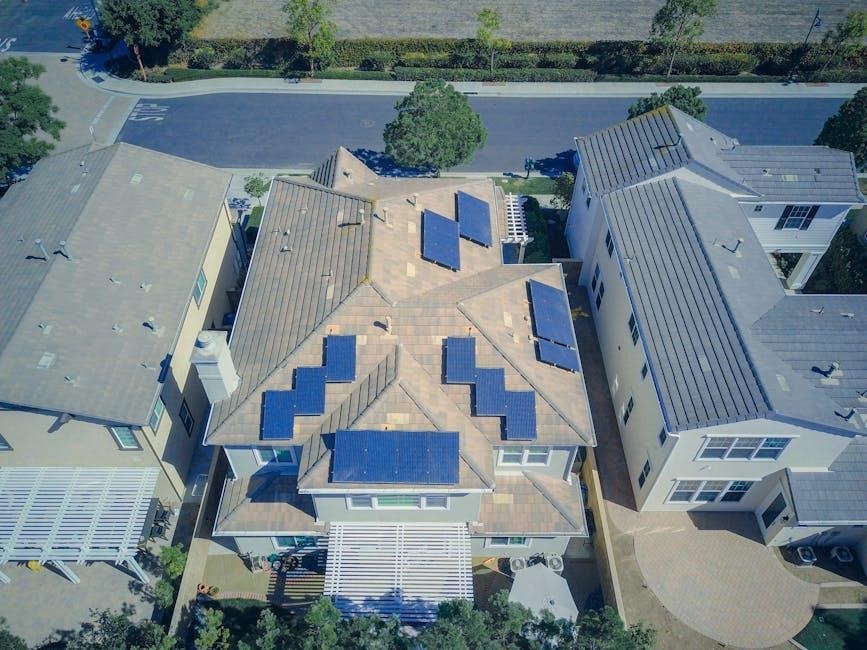
Maintenance and Repair
Regular maintenance ensures optimal performance. Include oil changes, filter replacements, and checking for leaks and connections. Refer to the manual for error codes and specific guidance.
Routine Maintenance Schedule
A routine maintenance schedule is crucial for optimal performance and longevity of your Katolight generator. Regular tasks include oil changes every 100 hours of operation, replacing air filters every 150 hours, and inspecting fuel lines for damage or leaks. Additionally, check coolant levels weekly and ensure battery terminals are clean and secure. The manual provides a detailed schedule tailored to your generator’s model, ensuring you stay on track with essential upkeep. By following this guide, you can prevent unexpected breakdowns and maintain reliable power generation. Always refer to your specific model’s manual for precise recommendations.
Oil Change and Filter Replacement
Regular oil changes and filter replacements are vital for maintaining your Katolight generator’s performance and longevity. The manual recommends changing the oil every 100 hours of operation or annually, whichever comes first. Use the specified oil grade to ensure compatibility with your generator’s engine. Additionally, replace the oil filter each time you change the oil to prevent contaminants from entering the engine. Always dispose of used oil and filters responsibly. For model-specific guidance, such as the KG-55, refer to the manual for exact procedures and recommended materials. Proper maintenance ensures efficient operation and prevents potential damage to the engine.
Replacing Worn or Damaged Parts
Replacing worn or damaged parts on your Katolight generator is crucial for maintaining its reliability and performance. Regular inspections can help identify parts that need replacement, such as fuel lines, belts, or spark plugs. Always use genuine or approved parts to ensure compatibility and safety. Refer to the manual for specific part numbers and replacement procedures. For instance, if the fuel line shows signs of wear, replace it immediately to prevent leaks and potential hazards. Turn to the troubleshooting section if you encounter issues after a replacement. Proper part replacement ensures your generator operates efficiently and safely, avoiding costly repairs down the line.

Operating the Generator
Operating the Katolight generator involves starting, monitoring, and managing loads. Always follow the manual’s guidelines to ensure smooth operation and prevent overloads or damage to the unit.
Starting and Stopping the Generator
Starting and stopping the Katolight generator requires careful attention to safety and procedure. Always ensure the fuel line is secure and not damaged. Before starting, check the oil level and ensure all connections are tight. Turn the ignition switch to the “on” position, set the choke if necessary, and pull the starter cord firmly. Allow the generator to warm up for a few minutes before loading it with power. To stop, gradually reduce the load, turn off the ignition, and let the engine cool. Follow the manual’s guidelines to avoid damage or unsafe conditions during operation.
Monitoring Performance and Output
Monitoring the performance and output of your Katolight generator is crucial for ensuring reliable operation. Regularly check the voltage, frequency, and load levels using the built-in instruments or external tools. Look for signs of overloading, such as flickering lights or uneven power supply. Ensure the generator operates within the specified voltage and frequency range to avoid damage. Check for fuel leaks, loose connections, or overheating, as these can affect performance. Adjust the load as needed to maintain optimal output. Keep a record of performance metrics to track maintenance needs and ensure the generator runs efficiently over time. Always refer to the manual for specific guidelines.
Load Management and Optimization
Proper load management is essential for optimizing your Katolight generator’s performance. Always ensure the total load does not exceed the generator’s rated capacity to prevent overloading. Prioritize essential appliances and distribute the load evenly across phases if applicable. Avoid sudden spikes in power demand by turning on high-power devices one at a time. Monitor the generator’s voltage and frequency to ensure stability. Use load calculators or consult the manual to determine the appropriate load for your specific model. Regularly assessing and adjusting the load will help extend the generator’s lifespan and maintain efficient operation during power outages or off-grid use.
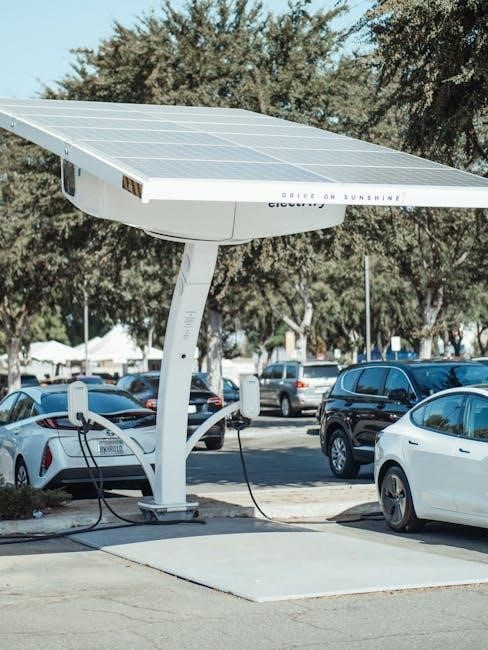
Troubleshooting Common Issues
Troubleshooting common issues with Katolight generators involves identifying problems like low fuel, faulty spark plugs, or overloaded circuits. Refer to error codes in the manual for guidance and ensure proper maintenance to resolve issues efficiently.
Diagnosing Common Problems
Diagnosing common issues with Katolight generators involves identifying symptoms like unusual noises, low power output, or failure to start. Check for error codes on the control panel, which provide specific fault indicators. Regularly inspect fuel lines for leaks or damage, as these can cause engine issues. Ensure the oil level is adequate, as low oil can trigger automatic shutdowns. Consult the manual for troubleshooting charts or flow diagrams to pinpoint problems. Use tools like multimeters to test electrical connections and feeler gauges for valve clearance adjustments. Addressing issues early prevents further damage and ensures reliable performance. Always refer to the manual for guidance.
Understanding Error Codes and Alarms
Katolight generators use error codes and alarms to signal specific issues, ensuring timely resolution. Codes like “E01” or “E02” indicate problems such as low oil levels or overload conditions. The control panel displays these codes, and the manual provides detailed explanations. Refer to the troubleshooting section to interpret each code accurately. Alarms may sound for critical issues like overheating or low fuel. Addressing these promptly prevents damage. Always consult the manual for code meanings and recommended actions. Regular checks can help identify potential issues before they escalate, ensuring smooth operation and extending the generator’s lifespan. Ignoring codes may lead to serious malfunctions.
Resetting the Generator After an Overload
Resetting a Katolight generator after an overload involves turning it off immediately to prevent damage. Allow it to cool down for at least 30 minutes. Locate the reset button, usually found near the control panel or circuit breaker. Press and hold the reset button for 5-10 seconds until it clicks. Ensure all connected devices are turned off before restarting. If the overload recurs, check for excessive load or electrical issues. Always refer to the manual for specific reset procedures, as improper resetting can cause further malfunctions. Regular maintenance, like checking circuit breakers and overload settings, helps prevent future overloads.

Technical Specifications
Katolight generators feature robust engines, delivering 40KW to 50KW power output. Models offer 120/208V, three-phase configurations, and high fuel efficiency, ensuring reliable performance and adherence to emissions standards.
Engine and Power Output Details
Katolight generators are equipped with robust engines, delivering 40KW to 50KW power output. Models like the N40FPG4 feature a 4.3L engine, offering 120/208V, three-phase configurations. These generators are designed for high fuel efficiency and reliability. The engine specifications ensure consistent power delivery, making them suitable for both residential and commercial use. Proper maintenance, as outlined in the manual, is crucial for sustaining optimal performance. Users can expect durable operation with adherence to the recommended fuel types and service intervals. The power output details are tailored to meet various energy needs, ensuring efficient and dependable performance across different applications.
Voltage and Phase Configurations
Katolight generators offer versatile voltage and phase configurations to meet diverse power requirements. Models such as the N40FPG4 provide 120/208V in a three-phase setup, ensuring compatibility with various electrical systems. These configurations support both residential and commercial applications, offering flexibility for different load demands. The manual details proper setup and wiring for safe operation. Users can optimize their generator’s performance by selecting the appropriate voltage and phase settings. This adaptability makes Katolight generators a reliable choice for varying power needs, ensuring efficient energy distribution across different environments and applications.
Fuel Efficiency and Consumption Rates
Katolight generators are designed to optimize fuel efficiency, ensuring minimal consumption while delivering reliable power. Regular maintenance, such as oil changes and filter replacements, plays a crucial role in maintaining optimal fuel efficiency. Users should monitor fuel levels and ensure proper storage to avoid contamination. The manual provides guidelines for calculating consumption rates based on load and runtime, helping users manage fuel costs effectively. Neglecting routine maintenance can lead to increased fuel consumption and reduced performance. By following the manual’s recommendations, users can maximize fuel efficiency and extend the generator’s lifespan, ensuring cost-effective and sustainable energy solutions for various applications.

Warranty and Support
Katolight generators come with comprehensive warranty coverage, ensuring protection for parts and labor. Users can register their units online or through customer support. Manuals provide details on warranty terms, while dedicated support teams assist with inquiries and repairs, ensuring optimal performance and longevity of the generator.
Understanding the Warranty Terms
Understanding the warranty terms for your Katolight generator is crucial for ensuring coverage and protection. Manuals typically outline the duration, scope, and conditions of the warranty, including parts and labor coverage. Registration is often required to activate the warranty, and users must adhere to maintenance schedules as specified in the manual. Specific models, such as the KG-55 or 50KW units, may have unique terms. Contacting customer support at (800)325-5450 can provide clarity on warranty details. Proper documentation and adherence to guidelines ensure optimal protection and support for your generator, helping you avoid potential issues and extend its lifespan effectively. Always refer to the manual for precise warranty conditions.
Contacting Katolight Customer Support
Contacting Katolight customer support is straightforward for inquiries or assistance. You can reach them at (800)325-5450 to request manuals, parts, or technical help. Additionally, their website offers a free lookup tool to find manuals for specific models, such as the KG-55 or 50KW units. For issues like missing breakers or setup questions, support agents can guide you. Ensure you have your model number ready for efficient service. Online forums and communities also provide supplementary support, but direct contact with Katolight ensures accurate and official assistance. Timely communication helps resolve issues quickly, ensuring your generator operates smoothly and safely.
Registering Your Generator for Warranty
Registering your Katolight generator for warranty ensures coverage and support. Visit the official website or contact customer support at (800)325-5450 to initiate the process. Provide your generator’s model number, purchase date, and serial number for verification. Registration confirms eligibility for repairs and replacements under warranty terms. It also grants access to exclusive support services and updates. Ensure all details are accurate to avoid delays. Registration is a critical step for maintaining warranty benefits and receiving timely assistance. Keep your registration confirmation for future reference. This ensures seamless support and extends the lifecycle of your generator with proper documentation and care.
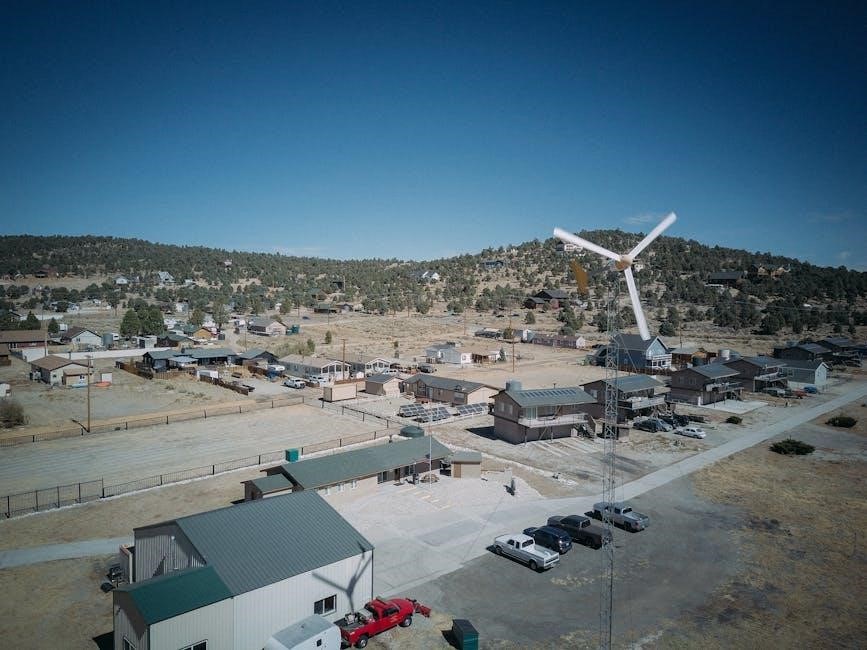
Additional Resources
Find Katolight generator manuals and tools online via manufacturer websites or support forums. Use lookup tools or contact customer support for assistance with maintenance and repairs.
Where to Find Katolight Generator Manuals Online
Katolight generator manuals can be found on the official Katolight website or through authorized dealers. Use the free lookup tool provided by manufacturers to search by model number; Additionally, forums and online communities often share manuals and provide support. Contact Katolight customer support directly for assistance; Ensure you verify the authenticity of any downloaded manuals to avoid incorrect information. Always refer to the official sources for the most accurate and up-to-date instructions. Using the correct manual is crucial for proper installation, maintenance, and troubleshooting of your generator.
Recommended Tools for Maintenance and Repair
Essential tools for maintaining and repairing your Katolight generator include a multimeter, wrench set, screwdrivers, and a socket set. A feeler gauge is necessary for adjusting valve clearances, while a fuel line tester helps detect leaks. Regularly stock up on oil filters, air filters, and spark plugs. For troubleshooting, keep a copy of the manual and access to online repair guides. Additionally, consider investing in a generator-specific tool kit available from Katolight or authorized dealers. These tools ensure you can perform routine maintenance and repairs efficiently, keeping your generator running smoothly and safely. Always refer to the manual for specific tool recommendations tailored to your model.
Online Communities and Forums for Support
Online communities and forums offer valuable support for Katolight generator users. Platforms like Reddit, specialized electrical engineering forums, and Facebook groups provide spaces to connect with experts and enthusiasts. These communities often share troubleshooting tips, repair experiences, and maintenance advice. Many users also post about their own Katolight generator setups and solutions to common issues. Additionally, official Katolight forums or manufacturer-hosted groups can be a reliable source for verified information. Engaging with these communities can help you address specific concerns, learn from others’ experiences, and gain insights into optimizing your generator’s performance. Always verify advice with your manual for safety and accuracy.
Proper use and maintenance of your Katolight generator ensure optimal performance and safety. Always follow manual guidelines for installation, operation, and troubleshooting to maximize reliability and longevity.
Final Tips for Optimal Generator Performance
Regular maintenance is crucial for your Katolight generator’s longevity. Always check fuel lines for damage and ensure they are not rubbing against other components. Changing the oil and replacing air filters as specified in the manual can prevent engine damage. Monitoring the generator’s load and avoiding overloads ensures stable power output. Keep the unit clean and store it in a well-ventilated area to prevent overheating. Referencing the manual for specific guidelines helps maintain efficiency and safety. By following these tips, you can ensure your generator performs reliably during power outages and extends its operational life.
Importance of Following Manual Guidelines
Following Katolight generator manuals is essential for ensuring safety, efficiency, and longevity of the unit. The guidelines provide critical instructions for proper installation, maintenance, and operation, helping users avoid potential hazards. Adhering to the manual reduces the risk of mechanical issues and ensures compliance with safety standards. Regular tasks like oil changes and filter replacements are outlined to prevent engine damage. Additionally, understanding error codes and troubleshooting steps enables quick resolution of problems. By following the manual, users can optimize performance, extend the generator’s lifespan, and ensure reliable power during outages. It is a cornerstone for responsible and effective generator ownership.
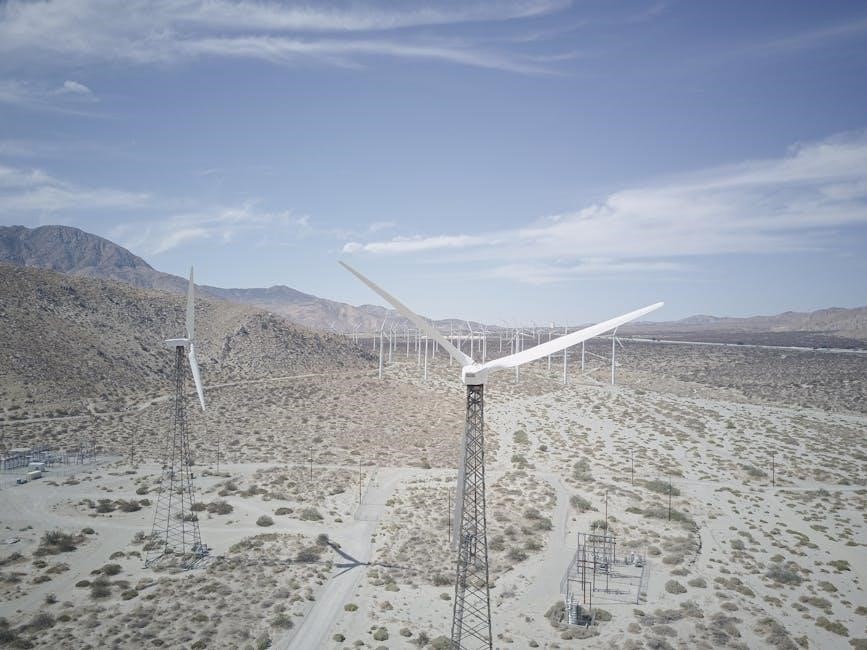
Frequently Asked Questions
Common questions about Katolight generators include locating manuals, understanding error codes, and addressing overload issues. These queries highlight the importance of proper guidance for optimal performance and troubleshooting.
Common Questions About Katolight Generators
Users often inquire about finding Katolight generator manuals, troubleshooting common issues, and understanding maintenance procedures. Questions also arise regarding overload resolution, model-specific guidance, and parts replacement. These inquiries highlight the need for clear, accessible resources to ensure optimal generator performance and safety.
Clarifying Misconceptions About Generator Usage
A common misconception is that generators require constant supervision. However, proper setup and maintenance minimize oversight needs. Another myth is that generators are overly complex, but manuals simplify operation. Additionally, many believe generators are only for industrial use, yet they are versatile for residential and emergency power. Addressing these misconceptions ensures users understand the practicality and ease of maintaining their Katolight generators effectively through manual guidance.